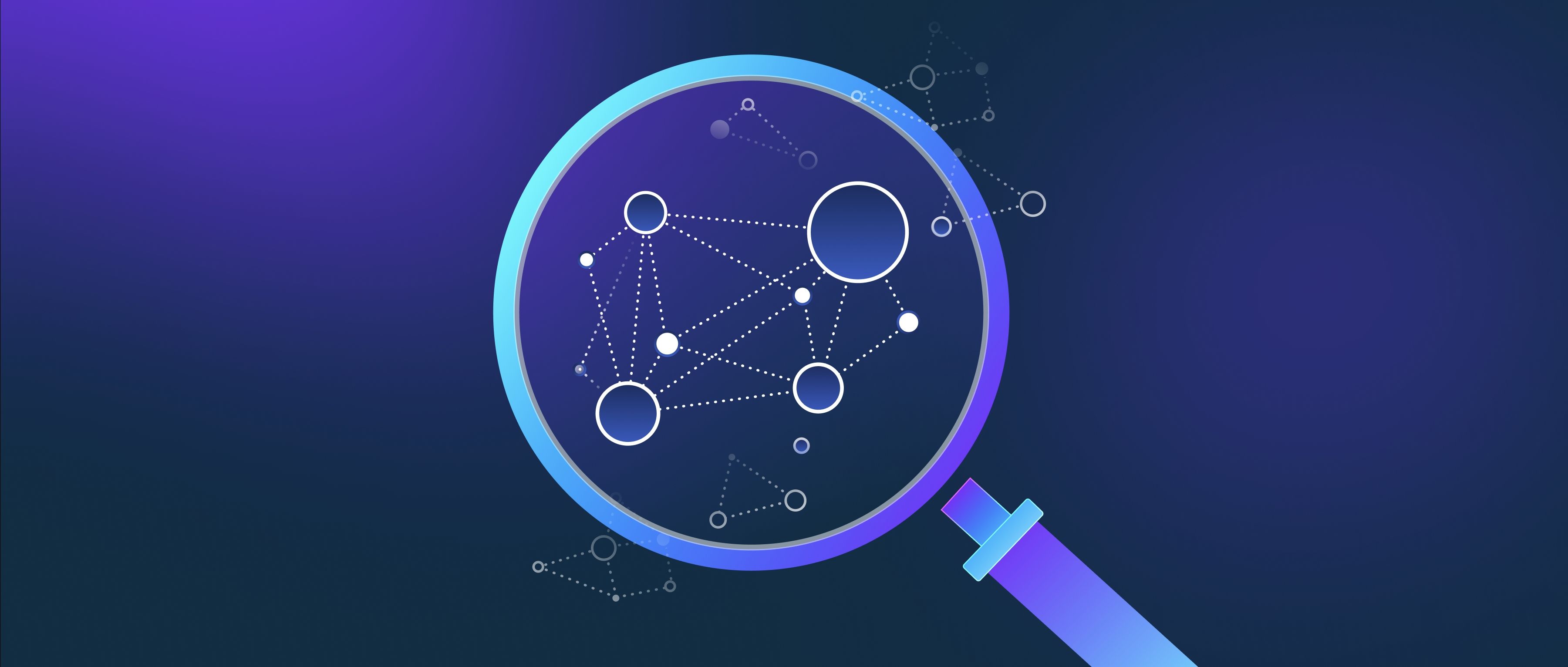Computer vision enables machines to interpret and process visual information, finding applications across diverse domains. In healthcare, it is used for medical imaging tasks like detecting tumors in X-rays or MRIs. In security, it supports facial recognition systems and surveillance monitoring. Computer vision plays a key role in automation. In manufacturing, for instance, it identifies defective items on assembly lines. Self-driving cars rely on computer vision to detect and interpret road signs, obstacles, and lane markings. Agricultural uses include monitoring crop health using drone images. Another significant application is in consumer technology. Smartphones employ computer vision for augmented reality (AR), enabling users to overlay virtual objects on real-world scenes. Retail applications include visual search, where shoppers upload images to find similar products online.
What are the applications of computer vision?

- Evaluating Your RAG Applications: Methods and Metrics
- Getting Started with Zilliz Cloud
- Advanced Techniques in Vector Database Management
- Mastering Audio AI
- AI & Machine Learning
- All learn series →
Recommended AI Learn Series
VectorDB for GenAI Apps
Zilliz Cloud is a managed vector database perfect for building GenAI applications.
Try Zilliz Cloud for FreeKeep Reading
How do relational databases manage concurrent access?
Relational databases manage concurrent access through a combination of locking mechanisms, isolation levels, and transac
How does data augmentation improve generalization?
Data augmentation is a technique used to improve the generalization of machine learning models by artificially expanding
Can AutoML handle time-series data?
Yes, AutoML can handle time-series data, but there are some specific considerations to keep in mind. Time-series data ty